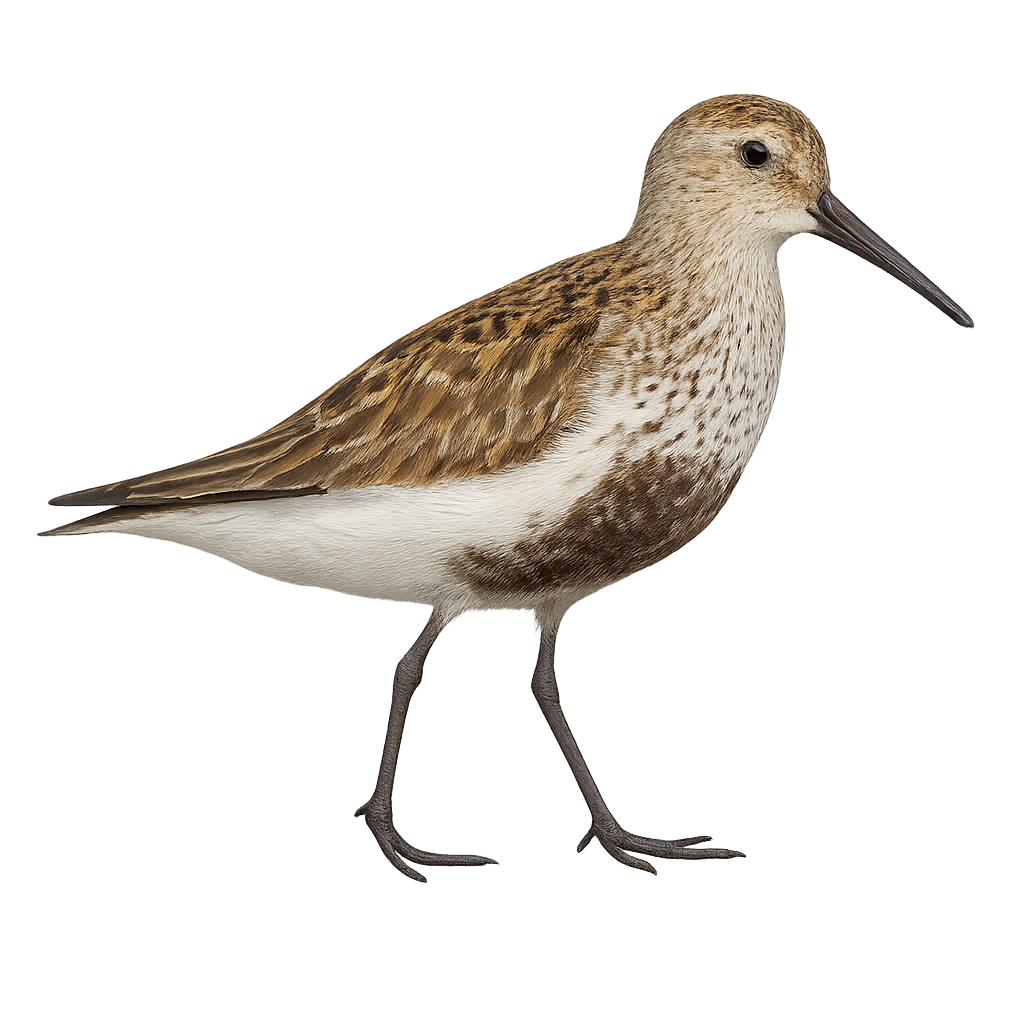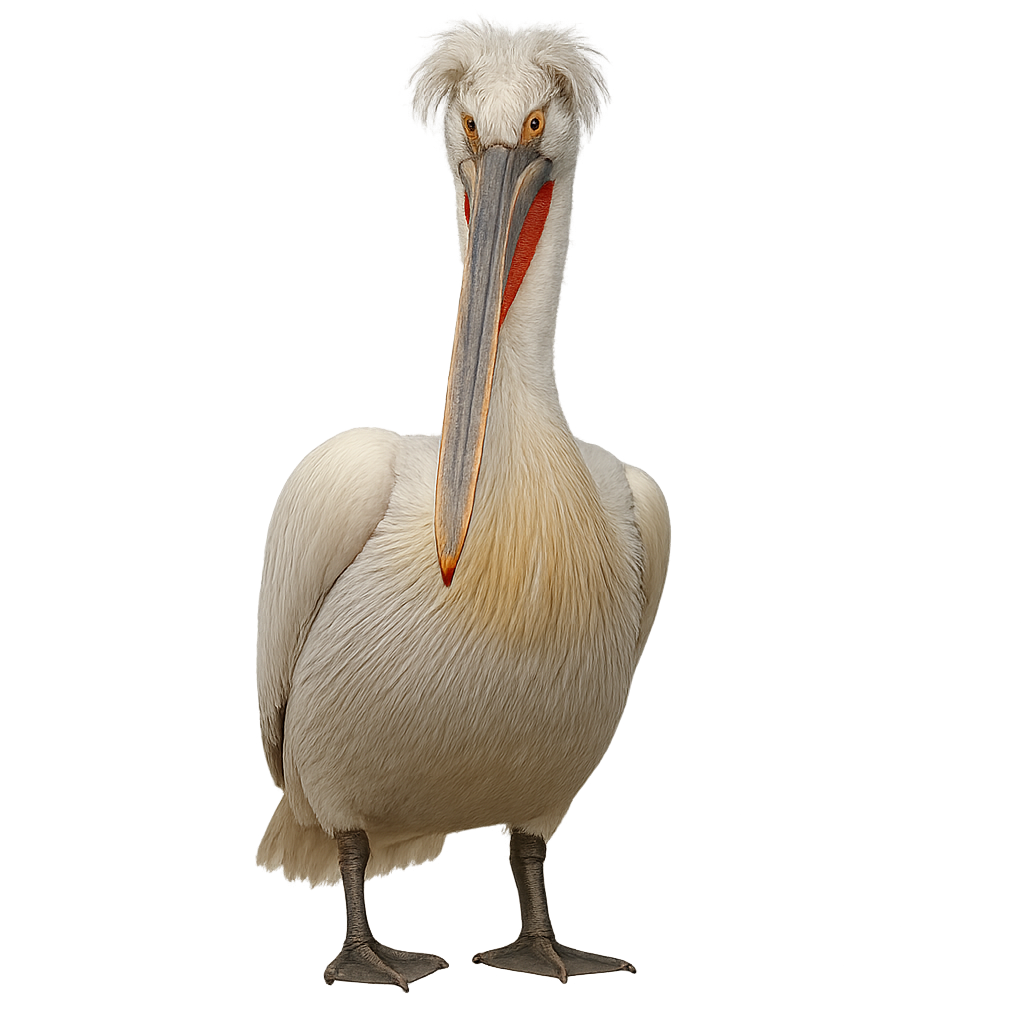Animal Species Profiles:
Mammals, Birds, Reptiles & More
Explore wildlife from around the world with the species profiles on WildlifePhotographer. Mammals, birds, reptiles… For each species, you’ll find key information such as habitat, observation periods, distribution, and photography tips. Want more details and advanced features? Download the full app for the complete experience.
Dunlin
Calidris alpina
The Dunlin is a small, graceful wader, easily recognizable by its plumage that changes with the seasons, transitioning from gray-brown in winter to more contrasting black and white tones during breeding. This small bird primarily inhabits coastal areas of Europe, Asia, and North America, where it feeds on marine invertebrates, primarily worms and mollusks, which it finds by probing the sand and mud. The Dunlin exhibits social behavior and is often seen in groups, especially during migration.
This migratory wader covers long distances, leaving the cold regions of winter to reach more temperate or tropical areas for feeding and breeding. While relatively common, it can be affected by the disturbance of its coastal habitats.
Dalmatian pelican
Pelecanus crispus
The Dalmatian Pelican is a large aquatic bird primarily found in Eastern Europe, the Middle East, and parts of Asia. It measures about 1.5 to 1.8 meters in length, with a wingspan of 2.3 to 2.5 meters, and weighs between 7 and 15 kg. What distinguishes the Dalmatian Pelican is its white plumage, sometimes tinged with yellow or pink, as well as its distinctive crest and long curved bill. It also has a pouch under its bill that allows it to capture fish. The Dalmatian Pelican primarily feeds on fish, which it catches by diving into the water or filtering with its bill. It is typically found near lakes, rivers, and wetlands. While the population of the Dalmatian Pelican is stable in some regions, it is still threatened by habitat loss, water pollution, and human disturbance.
Dotterel
Charadrius morinellus
The Eurasian Dotterel is a migratory bird primarily found in tundra areas and alpine meadows of Europe, Central Asia, and northern China. It measures about 25 cm in length, with a wingspan of 55 to 60 cm, and weighs between 100 and 150 g. Its plumage is primarily brown, with lighter underparts and white spots on the wings. It has a brown head with distinctive black patterns around the eyes and on the throat. During the breeding season, males display brighter plumage. The Eurasian Dotterel primarily feeds on small insects, worms, and seeds found on bare soils or in grassy areas. While its population remains relatively stable, this species can be threatened by habitat loss, particularly due to climate change and disturbances at its breeding sites.




